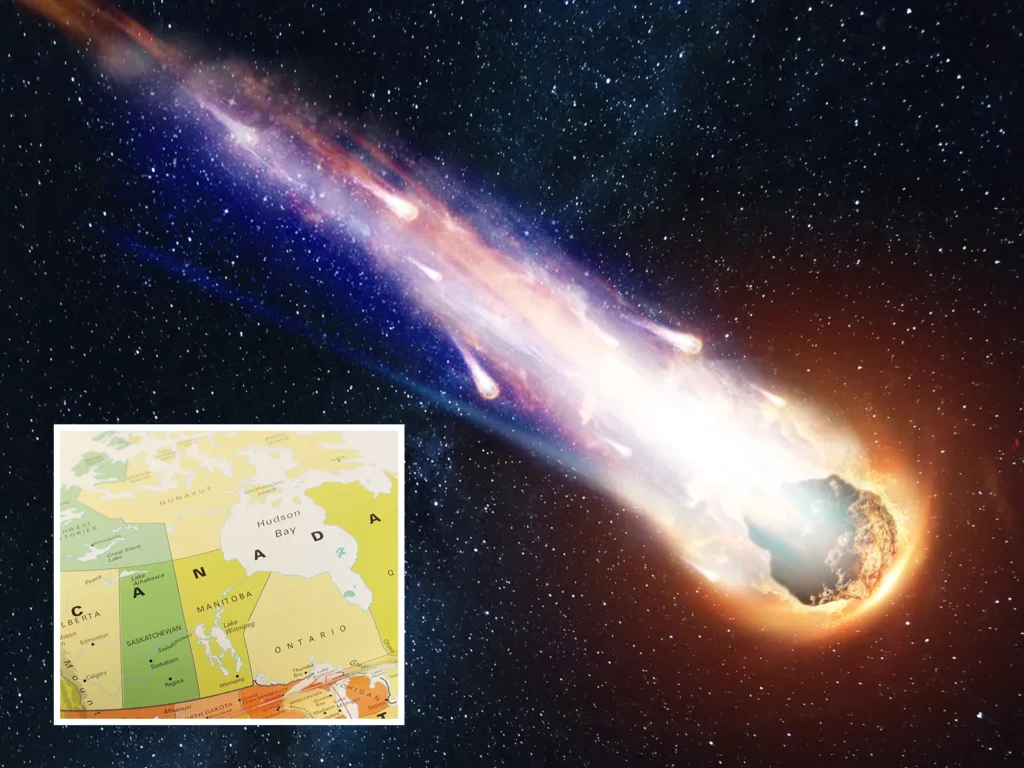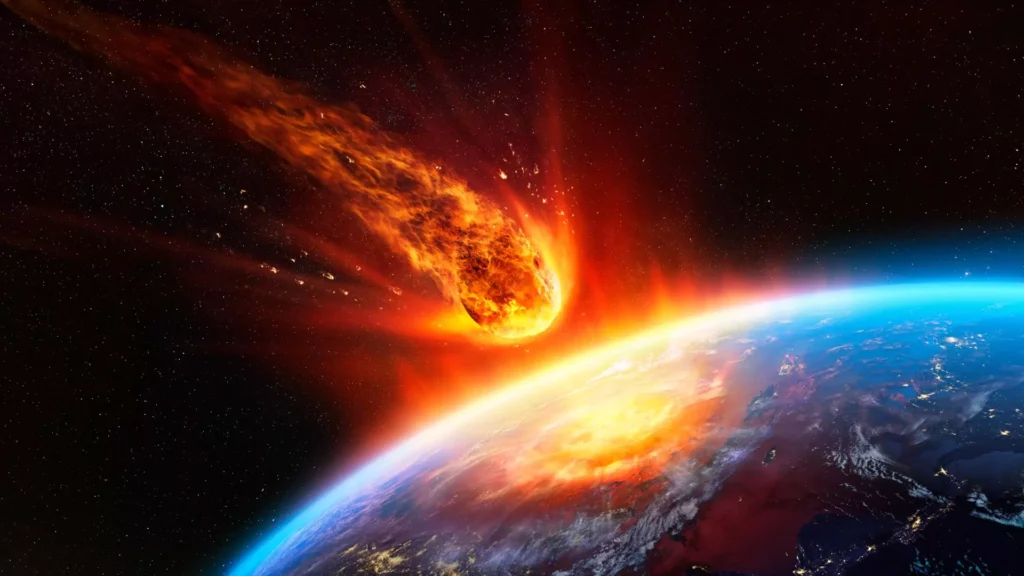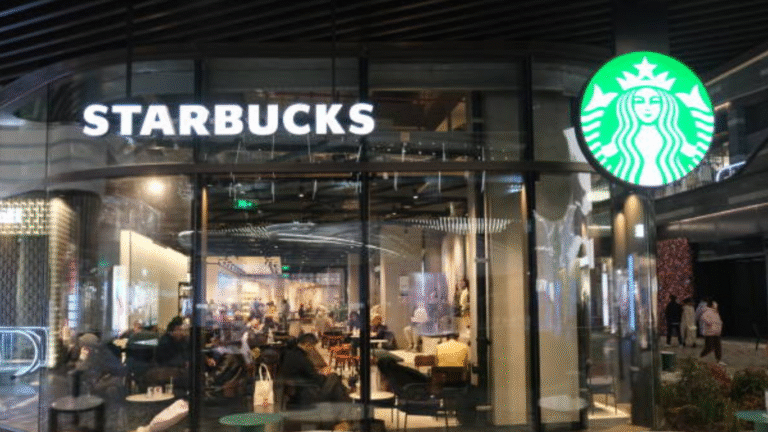Asteroids have long fascinated humanity, evoking awe and curiosity. Occasionally, these celestial objects make headlines when their trajectories bring them close to Earth. One such asteroid, designated COWECP5, has recently been confirmed by NASA to create a harmless fireball as it enters Earth’s atmosphere over Siberia. While the idea of asteroids entering Earth’s vicinity can be alarming, NASA’s assurance of safety allows us to focus on the scientific intrigue and natural wonder of this phenomenon.
In this article, we’ll explore the specifics of asteroid COWECP5, NASA’s role in monitoring such objects, the science behind fireballs, and why Siberia has a history of being a hotspot for these events.
What Is Asteroid COWECP5?
Asteroid COWECP5 is a small near-Earth object (NEO) detected by NASA’s Planetary Defense Coordination Office (PDCO). It measures approximately 10–15 meters in diameter, making it relatively small compared to other asteroids. Due to its size, the asteroid poses no significant threat to Earth, as it is expected to disintegrate upon atmospheric entry.
The asteroid’s trajectory has been closely monitored using advanced telescopic systems and radar technology. NASA has confirmed that it will produce a spectacular but harmless fireball over the Siberian region, visible as it burns up in the atmosphere. Events like these occur more frequently than one might expect, but the precise tracking of such objects ensures there’s no need for alarm.
How NASA Tracks Near-Earth Objects (NEOs)
NASA’s PDCO is responsible for detecting and tracking near-Earth objects that could pose a threat to our planet. Using ground-based telescopes and space-based observatories, NASA monitors the skies to identify new asteroids and comets.
Key Tools in Asteroid Monitoring:
- Pan-STARRS (Panoramic Survey Telescope and Rapid Response System): Located in Hawaii, this telescope system specializes in finding NEOs.
- NEOWISE: A space telescope repurposed to scan for asteroids in infrared.
- Goldstone Radar: This system provides precise measurements of an asteroid’s size, shape, and trajectory.
Asteroid COWECP5 was identified early in its trajectory, allowing scientists to calculate its path and confirm its harmless entry into the atmosphere. Such early detection systems are vital for planetary defense and provide ample time to assess potential risks.
Understanding Fireballs: A Celestial Light Show

A fireball is an exceptionally bright meteor that occurs when an asteroid or meteoroid enters the Earth’s atmosphere at high speed. The friction caused by atmospheric entry heats the object, causing it to glow and disintegrate.
Characteristics of Fireballs:
- Brightness: Fireballs are significantly brighter than typical meteors and can often be seen during daylight hours.
- Speed: They travel at speeds of 11–72 km/s (25,000–160,000 mph) as they enter the atmosphere.
- Sound: Some fireballs produce sonic booms that can be heard over vast distances.
Asteroid COWECP5’s fireball is expected to illuminate the Siberian skies, offering a breathtaking spectacle. Scientists estimate that the energy released during its disintegration will be equivalent to a small explosion, harmlessly dissipating in the upper atmosphere.
Why Siberia? A Historical Hotspot for Asteroid Events
Siberia has a unique history with asteroid events, making it a fascinating region for studying such phenomena. Its vast and sparsely populated terrain provides a natural laboratory for scientists to observe and study fireballs and meteoroid impacts.
The Tunguska Event (1908)
The Tunguska event is one of the most famous asteroid-related incidents in history. A large explosion, believed to have been caused by an asteroid or comet, flattened over 2,000 square kilometers of forest in Siberia. The event remains a critical case study for understanding the potential impact of near-Earth objects.
Chelyabinsk Meteor (2013)
In 2013, a 20-meter asteroid entered Earth’s atmosphere over Chelyabinsk, Russia. The resulting fireball caused windows to shatter and minor injuries to over 1,000 people. This event highlighted the importance of early detection and planetary defense systems.
Asteroid COWECP5’s upcoming fireball will be far less dramatic, with no expected ground impact or damage. However, its occurrence in Siberia adds to the region’s rich history of asteroid phenomena.
The Science and Significance of Fireball Events
Fireball events like COWECP5 provide valuable opportunities for scientific study.
- Atmospheric Entry Physics: Scientists can study the effects of heat and friction on small celestial bodies.
- Material Composition: By analyzing the light spectrum of the fireball, researchers can determine the asteroid’s chemical composition.
- Planetary Defense: Each event contributes data that improves our ability to predict and mitigate potential asteroid threats.
These events also captivate the public, sparking interest in astronomy and space science. The spectacle of a fireball reminds us of the dynamic and interconnected nature of our solar system.
NASA’s Commitment to Planetary Defense
NASA’s Planetary Defense Coordination Office (PDCO) plays a pivotal role in ensuring Earth’s safety from near-Earth objects. Its efforts include:
- Detection and Tracking: Monitoring millions of celestial objects.
- Impact Prediction: Using advanced modeling to calculate trajectories and potential risks.
- Public Communication: Providing accurate and timely information to dispel myths and fears.
The confirmation of asteroid COWECP5’s harmless trajectory is a testament to NASA’s commitment to transparency and public safety.
Public Interest and Global Collaboration
Asteroid events often spark global interest, and international collaboration plays a vital role in monitoring and studying these phenomena. Space agencies worldwide, including ESA (European Space Agency) and JAXA (Japan Aerospace Exploration Agency), contribute to a collective effort to ensure planetary safety.
Collaboration in monitoring near-Earth objects extends far beyond the efforts of governments and space agencies. It also includes the contributions of amateur astronomers and citizen scientists, who play a critical role by providing valuable observations and insights. These dedicated individuals often use their personal telescopes and tools to detect and track celestial objects, filling in gaps that professional networks might miss. Events like COWECP5’s anticipated fireball highlight the importance of collective vigilance and global cooperation in understanding our dynamic cosmos. They serve as a powerful reminder of humanity’s shared responsibility to protect our planet and ensure its safety for future generations.
What Can We Expect from Asteroid COWECP5’s Fireball?

Asteroid COWECP5’s entry into Earth’s atmosphere is anticipated to create a visually stunning fireball—a rare and exciting celestial event. As the asteroid travels at high speeds through the atmosphere, friction will cause it to heat up and glow brightly, producing a fiery streak of light across the sky. This natural light show will be a memorable sight, especially for those in the Siberian region, where it is expected to be most visible.
Observers may witness a variety of effects:
- A Dazzling Light Streak: The fireball will appear as a bright, fast-moving streak across the sky, illuminating the landscape for a few moments. For those in darker areas away from city lights, the display will be even more spectacular.
- Momentary Burst of Brightness: Depending on the size of the asteroid fragments and their disintegration pattern, the fireball may produce a sudden, intense flash, resembling a miniature sunrise.
- Sonic Boom (Possibly): If the asteroid penetrates to lower altitudes before fully disintegrating, a sonic boom might follow the light display. However, this will depend on the altitude at which the fireball occurs.
Even for those outside the visibility range, the event will likely be documented by astronomers, observatories, and enthusiasts. Images and videos shared across platforms will allow people worldwide to appreciate this cosmic spectacle. Events like these are not just a visual treat; they also contribute valuable data for scientists studying the behavior of near-Earth objects.
This fireball serves as a reminder of the dynamic universe we inhabit and offers a moment of awe and wonder for skywatchers and scientists alike.
A Spectacle of Science and Nature
Asteroid COWECP5’s harmless fireball over Siberia is a beautiful reminder of the wonders of our universe. Thanks to NASA’s advanced tracking systems and commitment to planetary defense, we can enjoy this event with awe rather than fear.
As humanity continues to explore and understand our solar system, events like these highlight the importance of science, collaboration, and curiosity. Whether you’re an aspiring astronomer or a casual stargazer, asteroid COWECP5 offers a moment to look up, marvel, and appreciate the cosmos.
Stay tuned for updates on this celestial event and explore opportunities to learn more about space science through astronomy courses and NASA resources
















